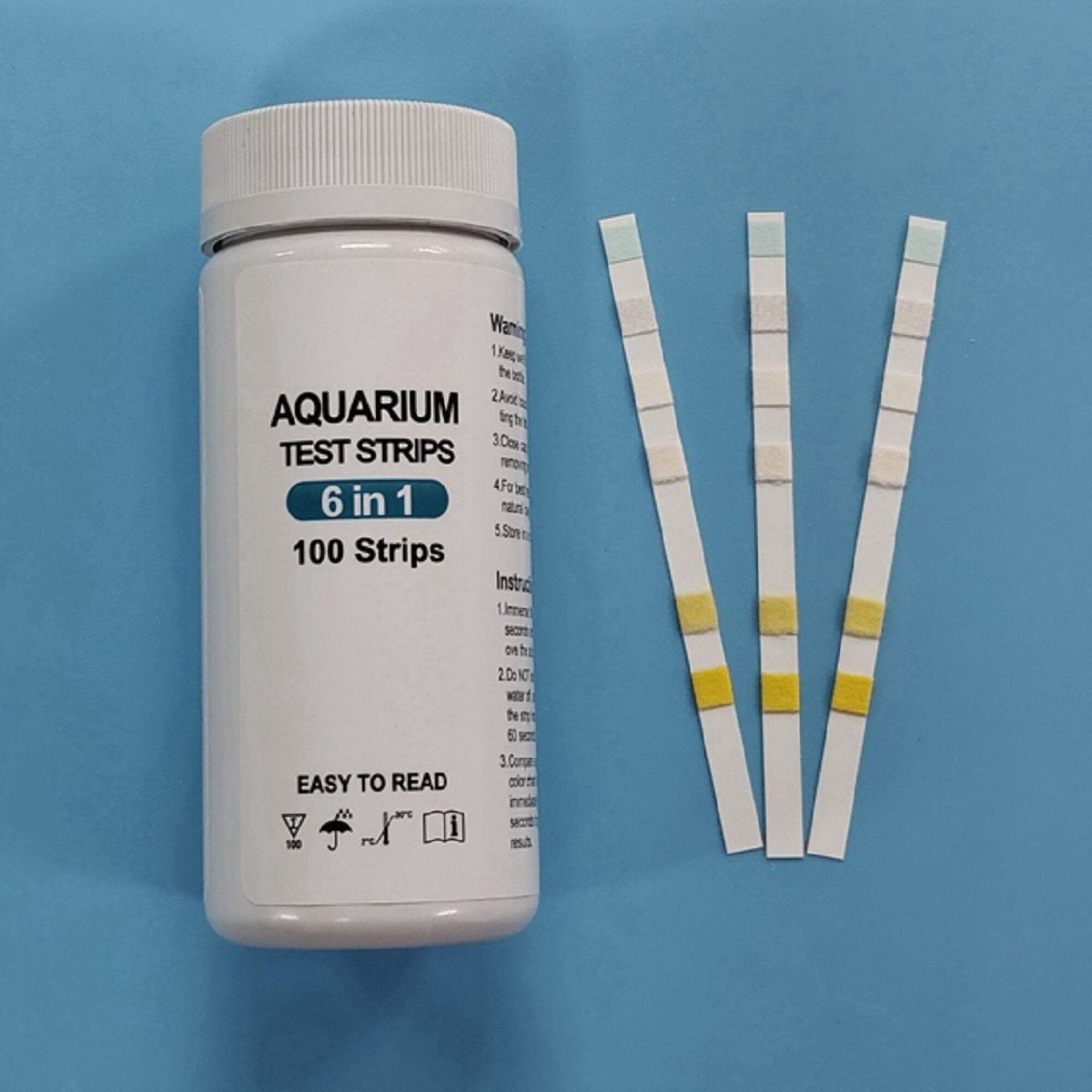Chlorine is like a superhero for our drinking water, it's always wo... The major function of it is to fight the bacteria and viruses which can cause disease if we swallow them. When chlorine is added to the water, it reacts chemically (not physically) and produces strong oxidants. They act as warriors that constantly wage war against the bacteria to make sure our water supply is 100% free from nasty microorganisms.
Nevertheless, as excellent a sterilizing agent that chlorine is - it also has its draw back. At times when chlorine reacts with the organic matter that is in water, it can create something known as disinfection byproducts(DBPs). Some of these byproducts can be carcinogenic. So you do see a lot of scientific work being performed on the part of water treatment professionals to limit how much damage these substances can cause."
Chlorine is how water keeps us safe: it destroys the cell wall of bacteria and viruses, protecting us in an easy-to-miss way. So, by attacking the cell membranes of these microorganisms chlorine is able to effectively inactivate or kill them. The process, called Oxidation, is very useful against gram-negative bacteria that have an outer coating which most other disinfectants cannot get through.
Chlorine is essential to safeguard drinking water, but it does have disadvantages. For example, chlorine and organic compounds interact to create disinfectant byproducts (DBPs) that is a contaminating agent in some standard waters. Chlorine can also on occasion add a taste and smell panel to water which could be off putting for people who are more sensitive in these sensory cues.
Nevertheless, chlorine is of paramount importance in the history of public health. Cholera and typhoid (both waterborne diseases) were EPIDEMICS before chlorine disinfection was introduced. By disinfecting water with chlorine, its use in municipal water treatment facilities proliferated across the U.S., safely eradicating harmful pathogens from our drinking supply and saving millions of lives in the process.
These debates are still not over however, with chlorination still offering a cheap and effective means of disinfection for clean drinking water. Since it becomes almost 100% easily available and so effective against waterborne diseases, that most of the smaller cities employed this product for running their daily functions in drinking water treatment. Yet, studies are in progress to address the potential health hazards related to chlorine disinfection and look for other methods that provide such protection without those risks.
The need for chlorine disinfection in protecting public health and preserving access to safe drinking water has never been more urgent. Because of the effort being put forward by water treatment professionals to purify our drinking quality, this is why continual research & development in the sector are crucial.

 EN
EN








































